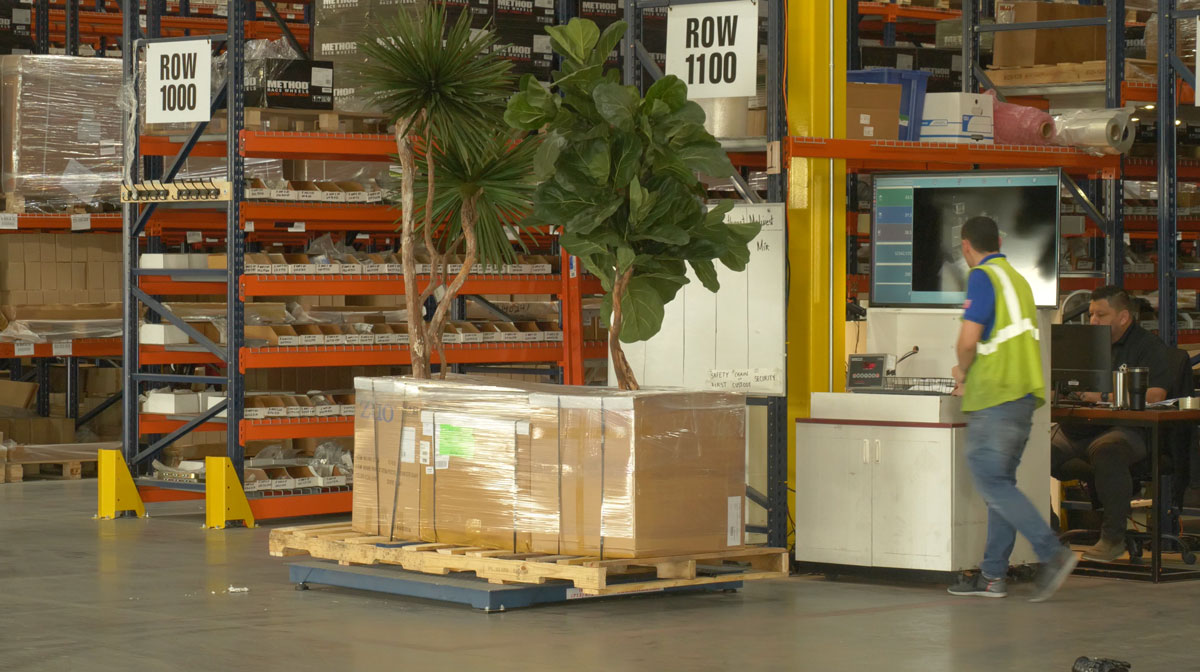Chromium Oxide vs Cerium Oxide: Industrial Applications, Properties, and Differences

Strong 8k brings an ultra-HD IPTV experience to your living room and your pocket.
In the world of industrial materials, chromium oxide and cerium oxide play pivotal roles across a variety of applications. Both are highly valued rare-earth and transition metal oxides used in polishing, surface coatings, ceramics, and advanced optical applications. Their unique chemical and physical properties make them indispensable to manufacturers seeking efficiency, durability, and precision.
This article explores the differences, similarities, and uses of these oxides, helping industries and researchers understand how to select the right material for specific applications.
Understanding Chromium Oxide and Cerium Oxide
Chromium oxide (Cr₂O₃) and cerium oxide (CeO₂) are both highly stable compounds known for their performance in high-temperature and high-friction environments. However, they differ in terms of their structure, reactivity, color, and end-use.
Chromium Oxide – Properties and Applications
Chromium oxide, often recognized by its rich green color, is a stable compound with a high melting point (around 2435°C). It is widely used due to its:
Abrasion resistance: Common in coatings for tools and machinery
Color stability: Employed in pigments for ceramics and paints
Thermal stability: Used in refractory materials and crucibles
Where Is Chromium Oxide Used?
Coatings and Surface Protection:
Chromium oxide is often applied as a wear-resistant coating in industries like aerospace and automotive.
Ceramic and Pigment Industry:
Its ability to retain color at high temperatures makes it a favorite for green pigments in tiles and glass.
Metallurgy and Welding:
In stainless steel and welding processes, chromium oxide enhances corrosion resistance and structural stability.
Cerium Oxide – Properties and Applications
Cerium oxide, a pale yellow-white compound, is well-known for its ability to polish optical components and glass surfaces. Key characteristics include:
High oxygen storage capacity
Redox reactivity (Ce³⁺/Ce⁴⁺)
Mild abrasive properties
Common Uses of Cerium Oxide
Polishing Agent:
Cerium oxide is the preferred polishing compound for glass, mirrors, and lenses due to its fine, consistent abrasive quality.
Catalysis and Emissions Control:
Its redox behavior makes it essential in automotive catalytic converters and fuel cells.
UV Filtration and Optical Applications:
Cerium oxide finds use in protective coatings for UV filtering in lenses and sunscreens.
Conclusion
Both chromium oxide and cerium oxide bring unique value to industrial processes, from surface treatments and pigments to high-precision polishing and environmental technologies. Understanding their differences—particularly in terms of thermal stability, color, and chemical behavior—enables engineers and procurement specialists to select the ideal compound for specific applications.
FAQs
Q1: Is chromium oxide toxic?
Chromium oxide is considered relatively non-toxic in its stable form (Cr₂O₃), especially compared to hexavalent chromium compounds.
Q2: What makes cerium oxide ideal for glass polishing?
Its mild abrasive quality and ability to chemically interact with silica surfaces give it superior performance in achieving a high-gloss finish.
Q3: Can chromium oxide and cerium oxide be used together?
Yes, some specialized processes, such as advanced ceramics or composite coatings, may combine both materials for tailored performance.
Q4: Which is more heat-resistant?
Chromium oxide has a higher melting point and superior thermal resistance compared to cerium oxide.
Q5: Are these oxides environmentally friendly?
Both are considered safer alternatives to more hazardous compounds when handled properly and sourced responsibly.
Note: IndiBlogHub features both user-submitted and editorial content. We do not verify third-party contributions. Read our Disclaimer and Privacy Policyfor details.







